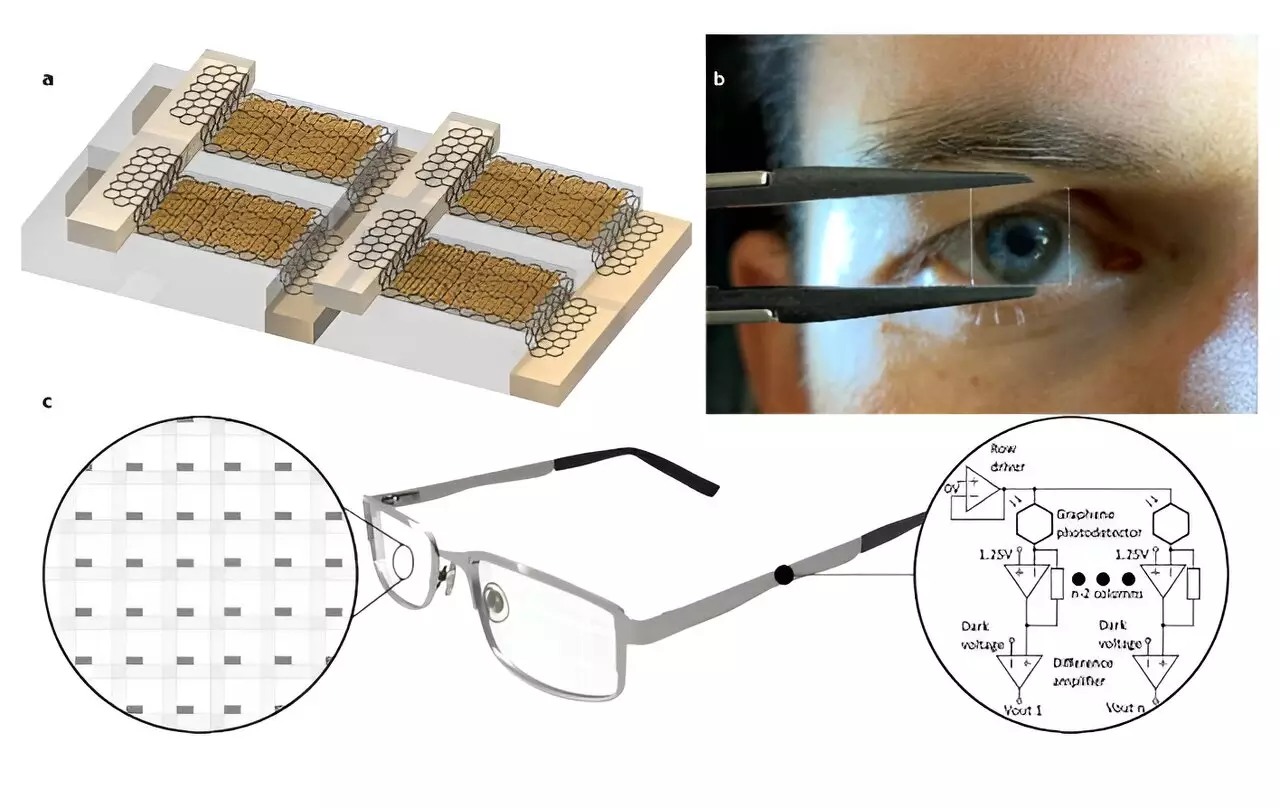In a groundbreaking development, a team of engineers at The Barcelona Institute of Science and Technology’s ICFO–Institut de Ciències Fotòniques has unveiled a revolutionary transparent camera that has the potential to transform the world of eye tracking technology. This innovative camera allows for eye tracking without obstructing the user’s view, paving the way for exciting new applications in fields such as virtual reality, automotive assistance, and advertising tracking.
Traditionally, one of the major hurdles in eye tracking technology has been the obstruction caused by devices placed in front of the eyes. This limitation has hindered the advancement of eye tracking technology in various industries. However, the team of researchers in Spain has successfully addressed this issue by developing a camera that is nearly invisible to the naked eye.
The team of engineers achieved this feat by constructing a photodetector using small dots of lead sulfide on sheets of graphene. When exposed to photons, these dots emit electrons that create a current across the layer of carbon atoms, allowing for the capture of images. What sets this camera apart is its transparency – during testing, it allowed an impressive 95% of light to pass through it, making it ideal for applications where obstructing the view is not an option.
In their experiments, the researchers projected greyscale patterns onto the photodetector and compared the output with a standard image sensor. The results were highly promising, with the camera boasting a refresh rate of 400Hz, double the rate required for producing reliable imagery. The team also successfully simulated eye tracking by projecting a dark dot onto the photodetector and tracking its movement in real-time.
The implications of this transparent camera are vast – it could potentially be integrated into standard eyeglasses or even contact lenses, opening up a world of possibilities for eye tracking technology. However, the researchers acknowledge that there is still work to be done before the camera can be deployed in practical applications. One of the challenges is the lack of a lens in the photodetector, limiting its use to projected images. Additionally, there is a need for further development in processing imagery and providing a power source for the processor.
The development of this transparent camera represents a significant leap forward in eye tracking technology. By overcoming the obstacle of obstruction, the team of researchers has unlocked new possibilities for the integration of eye tracking technology in various industries. With further refinement and development, this innovative camera has the potential to revolutionize the way we interact with technology and the world around us.


Leave a Reply